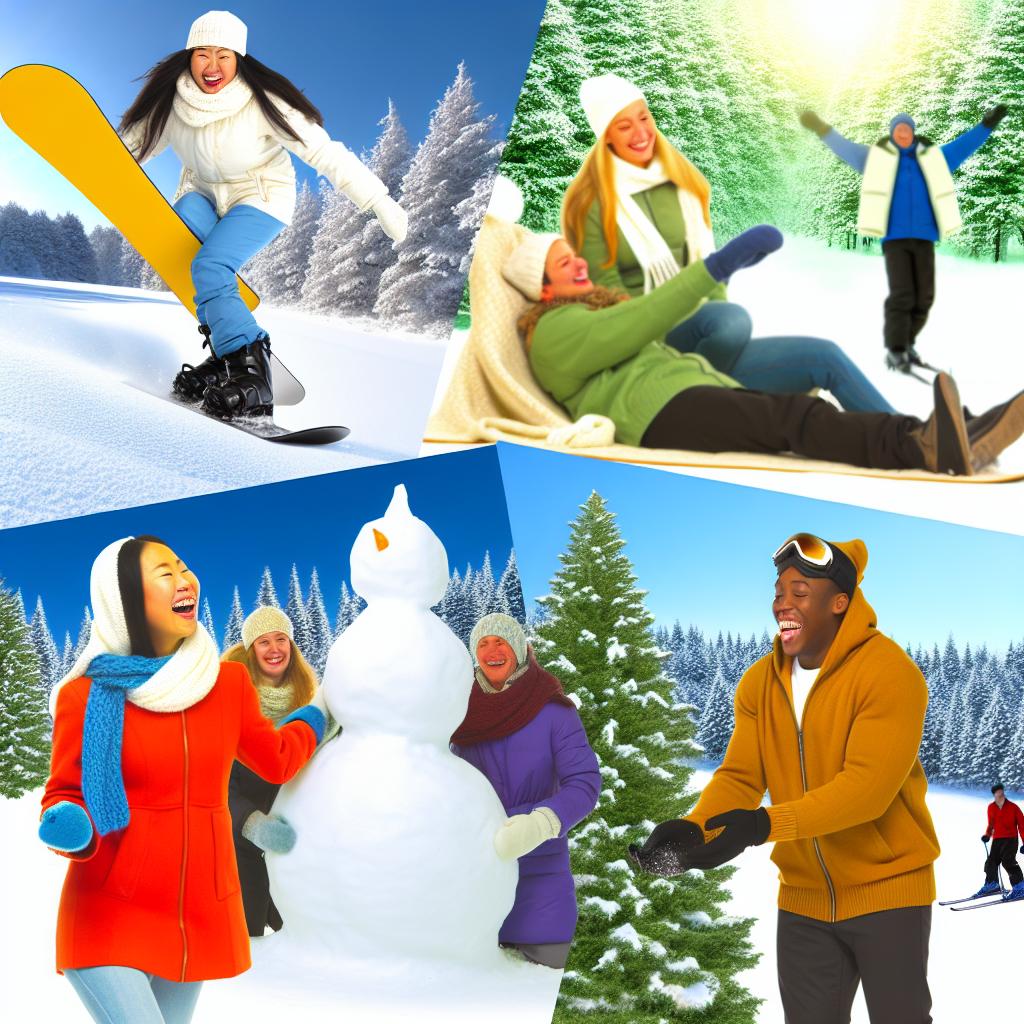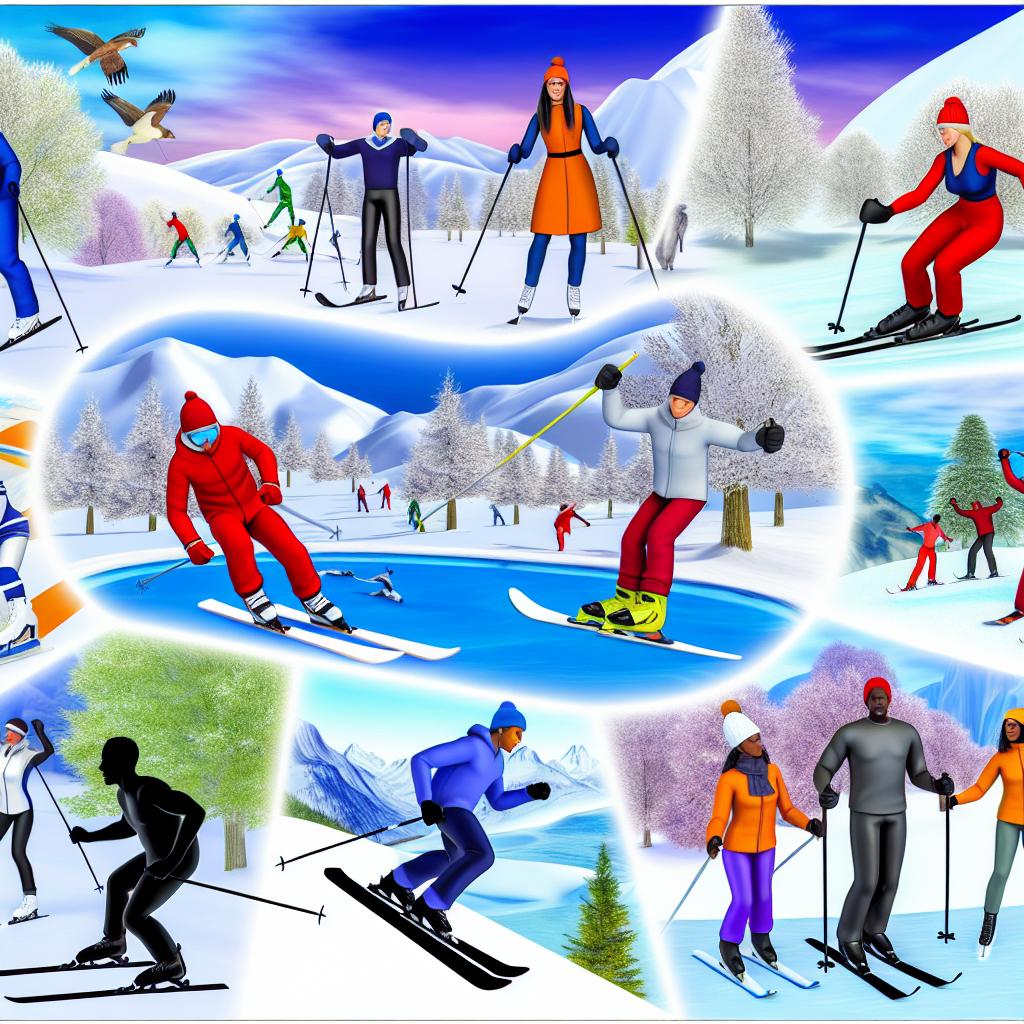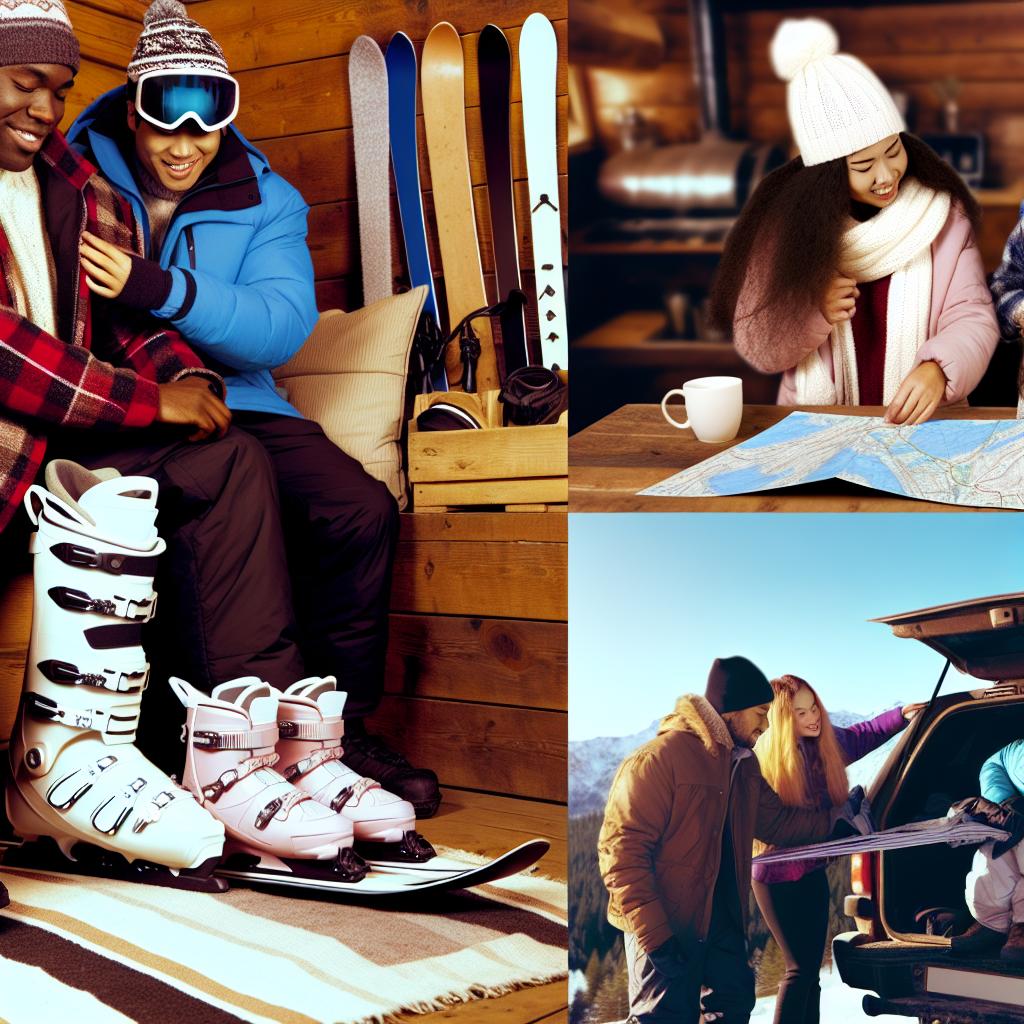The Impact of Winter Activities on Mental Health
The focus on mental wellness has become increasingly significant as many seek ways to enhance their emotional and psychological well-being during the winter season. Engaging in physical activities during the colder months offers numerous advantages, not only contributing to physical health but also providing significant mental health benefits. As the days shorten and sunlight becomes scarce, mood fluctuations are common, often resulting from reduced sunlight exposure. Therefore, integrating winter activities into daily routines can serve as a proactive measure to mitigate these seasonal challenges.
Boosting Mood with Outdoor Activities
The chill of winter can encourage spending more time indoors, but embracing outdoor activities can lead to positive mental health outcomes. Engaging in activities such as skiing, snowboarding, or ice skating allows individuals to experience the invigorating effects of fresh, crisp air and the beauty of nature in its winter attire. The practice of engaging in these outdoor pursuits can provoke the release of endorphins—natural mood enhancers produced by the brain. Endorphins not only contribute to mood elevation but also facilitate feelings of contentment and euphoria.
Additionally, even minimal exposure to natural light during outdoor activities contributes significantly to mental well-being. Despite overcast skies, natural light aids in the regulation of circadian rhythms, which are vital for optimal sleep patterns. Optimized sleep, in turn, plays an essential role in maintaining mental health balance, underscoring the dual benefit of outdoor winter activities that simultaneously bolster mood and promote restful sleep.
Social Interaction and Community Engagement
Winter, with its colder temperatures and shorter days, can often provoke feelings of solitude. However, many winter activities retain a social element that is crucial for mental health. Joining local groups for skiing, group hikes, or community ice skating events offers opportunities for social connections, which are vital for combating loneliness and isolation. These social interactions foster a sense of belonging and community, which are protective against winter-induced depressive states.
For those looking to enhance their social networks during winter, exploring community centers or local listings online can provide information about available groups and activities. Participating in community-based activities can ignite new friendships, provide support networks, and generally contribute to an enhanced sense of well-being.
Mindfulness and Stress Reduction
The serene, often quiet landscape of snow-clad environments presents a perfect backdrop for practicing mindfulness. Mindfulness, a state characterized by being fully present and actively engaged in the current moment, can be naturally facilitated by winter activities. Whether it’s the rhythmic gliding of cross-country skis, the crunch of snowshoes on fresh snow, or the simple act of walking amidst a silent, snowy landscape, these activities allow individuals to fully immerse themselves in the moment.
This immersion in the present helps reduce stress by detracting from the anxieties that may stem from dwelling on past concerns or future uncertainties. Activities like cross-country skiing often combine physical exertion with mental clarity, providing what many describe as a “moving meditation”. Such forms of active meditation support a state of mental relaxation and improve stress management, thereby enhancing mental health and emotional resilience.
Building Resilience through New Challenges
Winter also presents a unique opportunity to explore new pursuits and overcome unfamiliar challenges. Many individuals find immense personal growth in learning winter sports such as snowboarding, ice climbing, or even embarking on challenging winter hikes. Engaging in new experiences requires stepping out of comfort zones, fostering resilience and bolstering self-confidence.
Learning and mastering these activities, despite the initial difficulty or discomfort, instills a sense of achievement and empowerment. The process of skill acquisition and overcoming obstacles reinforces a growth mindset—a belief in the ability to develop and improve through dedication and effort. This psychological resilience can ripple positively in many facets of life, enhancing overall mental health and fortifying individuals against life’s challenges.
In conclusion, engaging in winter activities offers more than just an escape from the indoor confines imposed by cold weather. These activities can prove to be a valuable tool for supporting mental well-being. From boosting mood through natural endorphin release to fostering social connections and developing mindfulness, winter activities present comprehensive benefits for psychological health. The resilience and confidence gained from exploring new activities further contribute to our mental fortitude.
Therefore, regardless of one’s skill level or previous experience, incorporating winter activities into daily life can enhance not only the enjoyment of the colder months but also present an effective strategy for maintaining and improving mental health. Exploring resources provided by mental health organizations or local recreational departments can lead to further understanding and deeper engagement in winter activities, solidifying their role as a key component in one’s mental health regimen.



